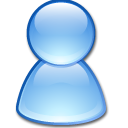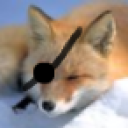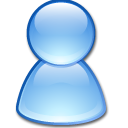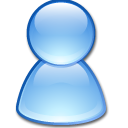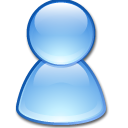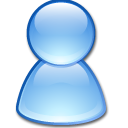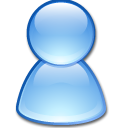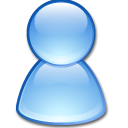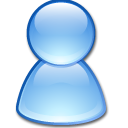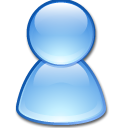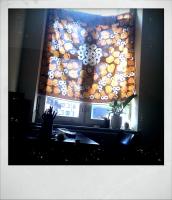What is a "document"?
Journal of the American Society for Information Science, 48 (9):
804-809 (1997)DOI: 10.1002/(SICI)1097-4571(199709)48:9<804::AID-ASI5>3.0.CO;2-V
Abstract
Ordinarily the word document denotes a textual record. Increasingly sophisticated attempts to provide access to the rapidly growing quantity of available documents raised questions about what should be considered a document. The answer is important for any definition of the scope of Information Science. Paul Otlet and others developed a functional view of document and discussed whether, for example, sculpture, museum objects, and live animals, could be considered documents. Suzanne Briet equated document with organized physical evidence. These ideas appear to resemble notions of material culture in cultural anthropology and object-as-sign in semiotics. Others, especially in the U.S.A. (e.g., Jesse Shera and Louis Shores) took a narrower view. New digital technology renews old questions and also old confusions between medium, message, and meaning.
Links and resources
Tags
community
@the_norm's tags highlighted
